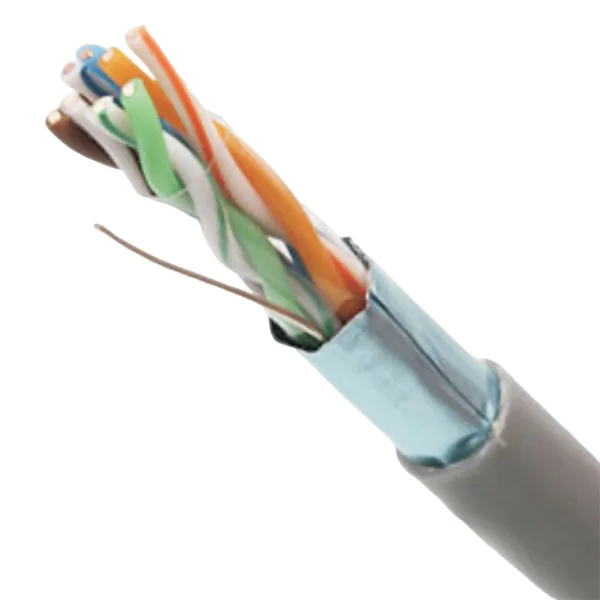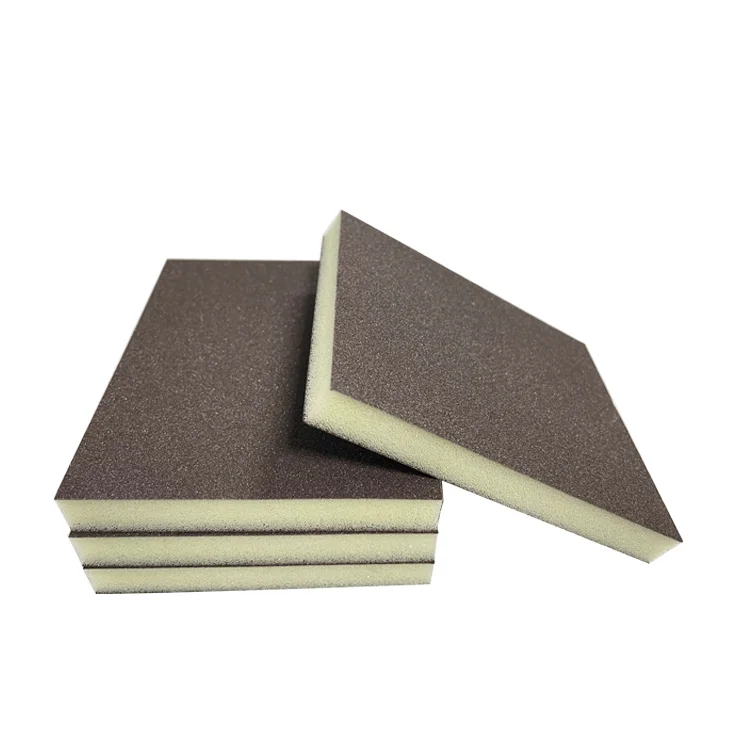In the realm of computer networking, the choice between a hub and a switch can significantly impact the performance and efficiency of a network. While both devices serve the fundamental purpose of connecting multiple devices within a local area network (LAN), their operational mechanisms and implications for network traffic differ markedly. This article delves into the intricacies of hubs and switches, providing a comprehensive analysis to determine which is better suited for modern networking needs.
Understanding Hubs and Switches
At the most basic level, a hub is a simple networking device that connects multiple Ethernet devices, making them act as a single network segment. It operates at the physical layer (Layer 1) of the OSI model, meaning it does not analyze or manage the data packets it transmits. When a hub receives a data packet, it broadcasts that packet to all connected devices, regardless of the intended recipient. This indiscriminate approach can lead to network congestion and collisions, particularly in environments with high traffic.
In contrast, a switch operates at the data link layer (Layer 2) and is designed to intelligently manage data traffic. When a switch receives a data packet, it reads the destination MAC address and forwards the packet only to the specific device intended to receive it. This targeted approach minimizes unnecessary traffic, reduces collisions, and enhances overall network efficiency.
Performance and Efficiency
The performance of a network can be significantly affected by the choice between a hub and a switch. Hubs, due to their broadcasting nature, can lead to increased collisions, especially as the number of connected devices grows. This not only slows down the network but can also result in packet loss, requiring retransmissions that further burden the network.
Switches, on the other hand, provide dedicated bandwidth to each connected device. By creating a virtual circuit for each data transmission, switches ensure that devices can communicate simultaneously without interference. This capability is particularly crucial in environments where high data throughput is essential, such as in data centers or enterprises with heavy multimedia usage.
Scalability and Future-Proofing
As businesses grow and their networking needs evolve, scalability becomes a critical factor in choosing between a hub and a switch. Hubs are limited in their ability to scale effectively. Adding more devices to a hub can exacerbate the issues of congestion and collisions, leading to a degraded user experience.
Switches, however, are inherently more scalable. They can support a larger number of devices without a significant drop in performance. Additionally, many modern switches come equipped with features such as VLAN support, Quality of Service (QoS), and advanced security protocols, making them a more future-proof solution for growing networks.
Cost Considerations
While hubs are generally less expensive than switches, the cost should not be the sole determining factor in the decision-making process. The initial savings from using a hub can quickly be overshadowed by the long-term costs associated with network inefficiencies, increased downtime, and potential data loss.
Investing in a switch may require a higher upfront cost, but the benefits of improved performance, reduced maintenance, and enhanced security can lead to significant savings over time. For businesses that rely on their network for daily operations, the choice of a switch is often justified by the return on investment.
Conclusion: Making the Right Choice
In conclusion, while both hubs and switches serve the purpose of connecting devices within a network, switches clearly offer superior performance, efficiency, and scalability. For modern networking needs, particularly in environments where data traffic is high and reliability is paramount, switches are the preferred choice.



